Ankle Injury Case Study: ATFL and CFL Sprain in a Tennis Player
VerifiedAdded on 2023/01/23
|18
|1377
|92
Report
AI Summary
This report presents a case study of a 24-year-old female tennis player suffering from a Grade 2 ATFL (anterior talofibular ligament) and a Grade 1 CFL (calcaneofibular ligament) sprain. It begins with an introduction to ankle sprains, their prevalence in sports injuries, and the supporting ligaments. The report then details the grading and severity of ankle injuries, distinguishing between Grade 1 (microscopic stretching), Grade 2 (macroscopic stretching with moderate symptoms), and Grade 3 (complete ligament rupture). The anatomy of the ankle injury, specifically the ATFL, is discussed, along with the biomechanics of ankle injuries, emphasizing the role of ligament integrity and the impact of foot structure. The report also covers rehabilitation strategies, including range of motion exercises, strengthening exercises, and control and balance exercises. References to relevant research articles are provided to support the information presented.
1 out of 18
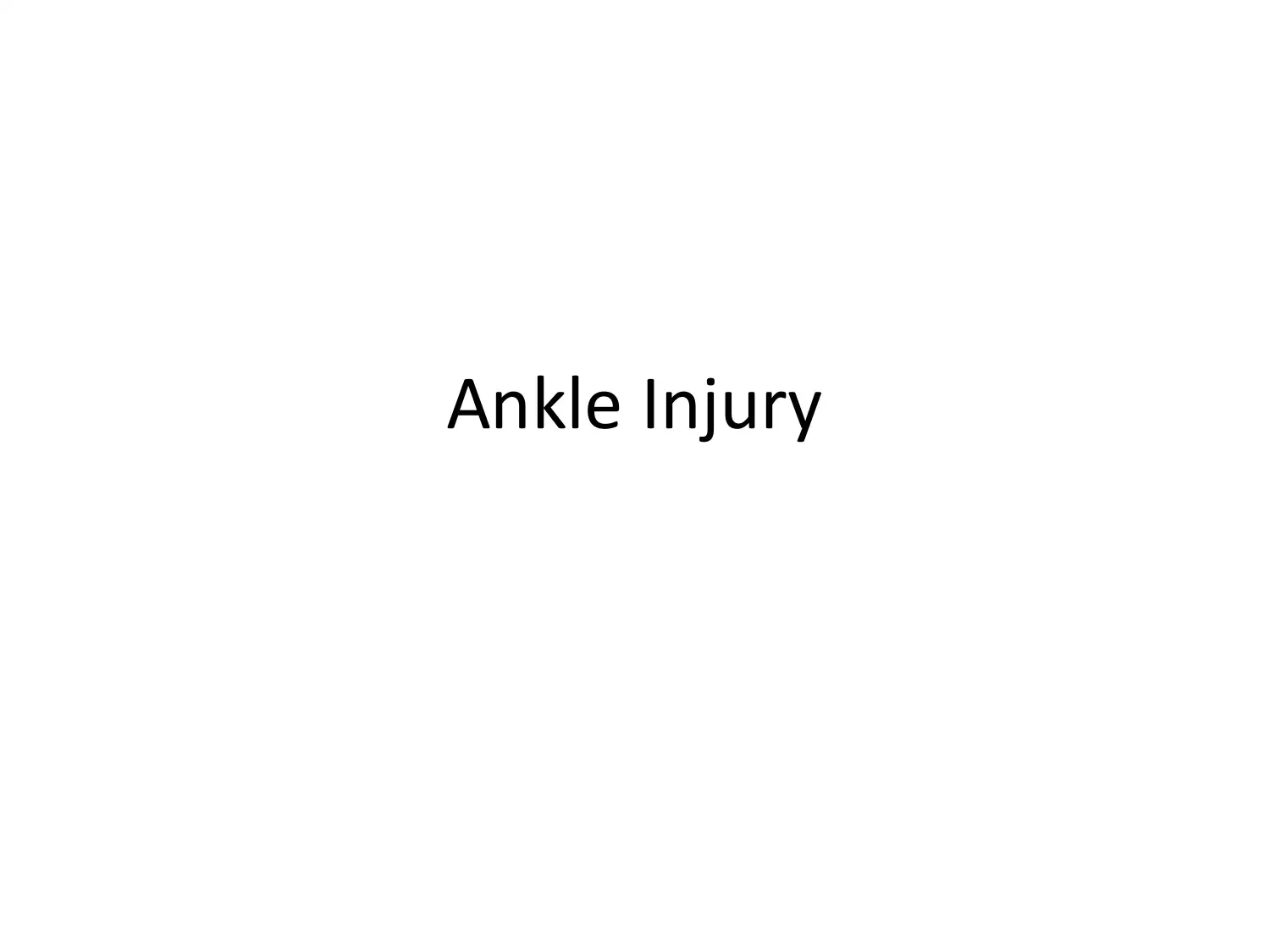
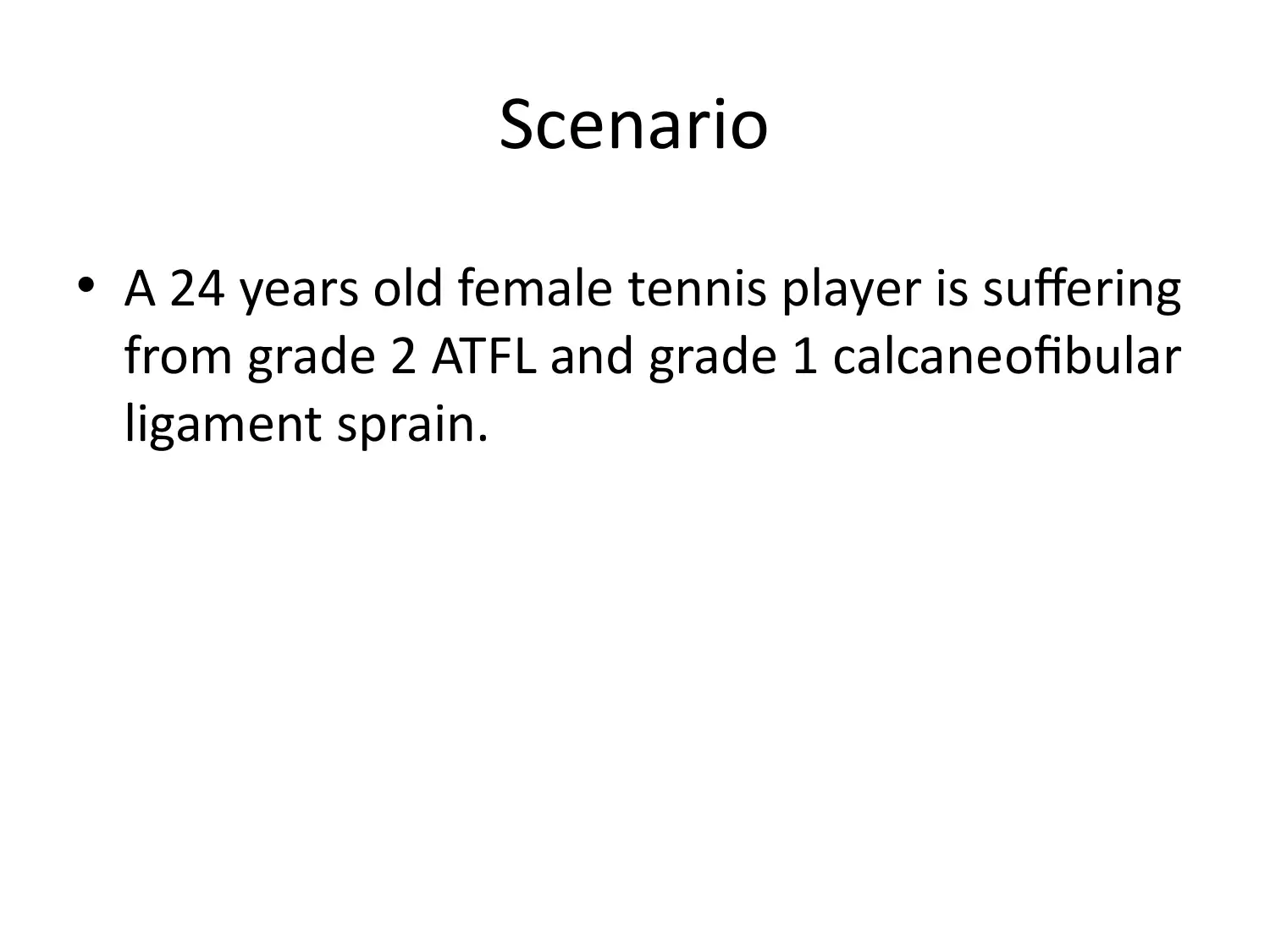
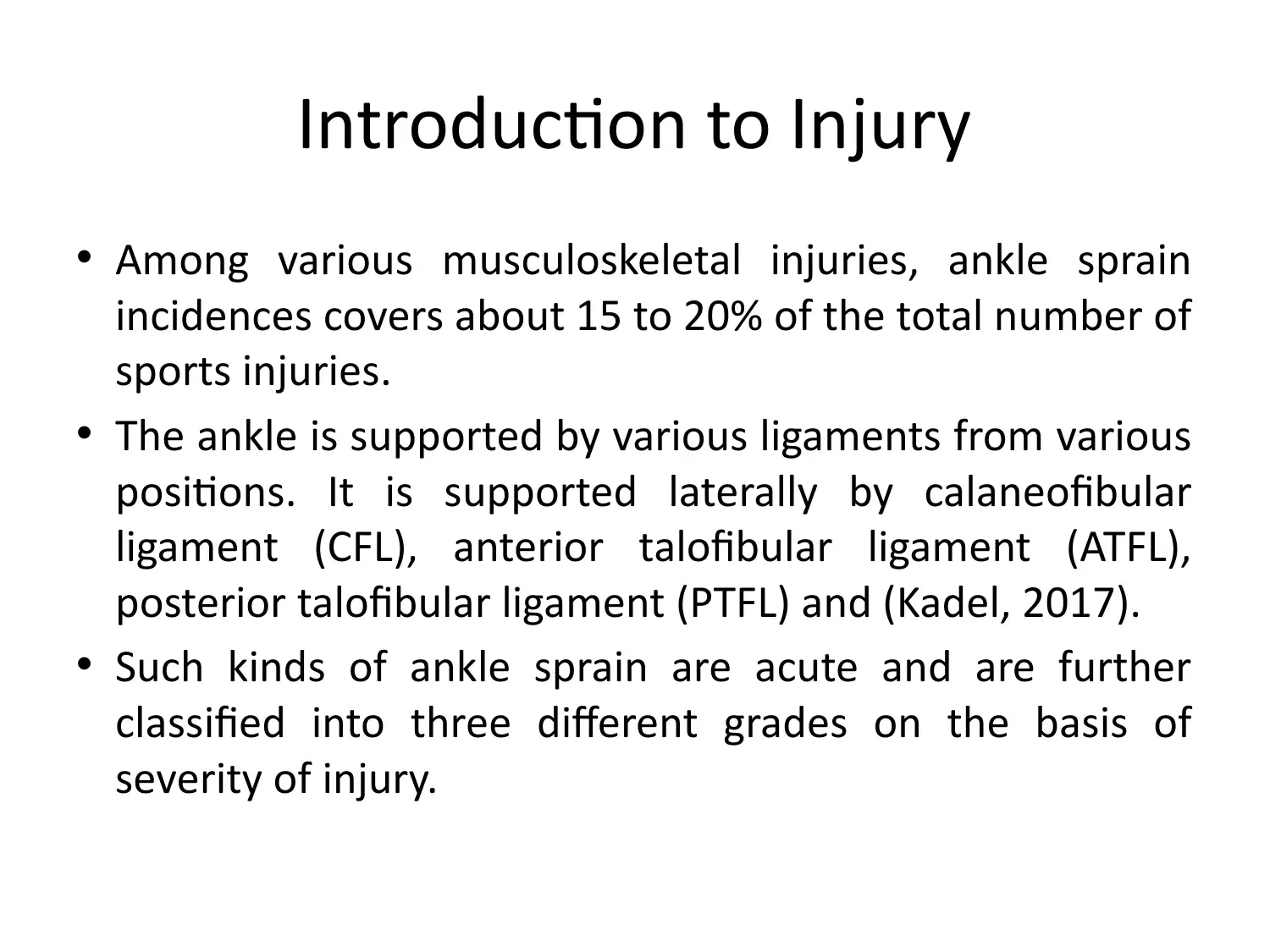

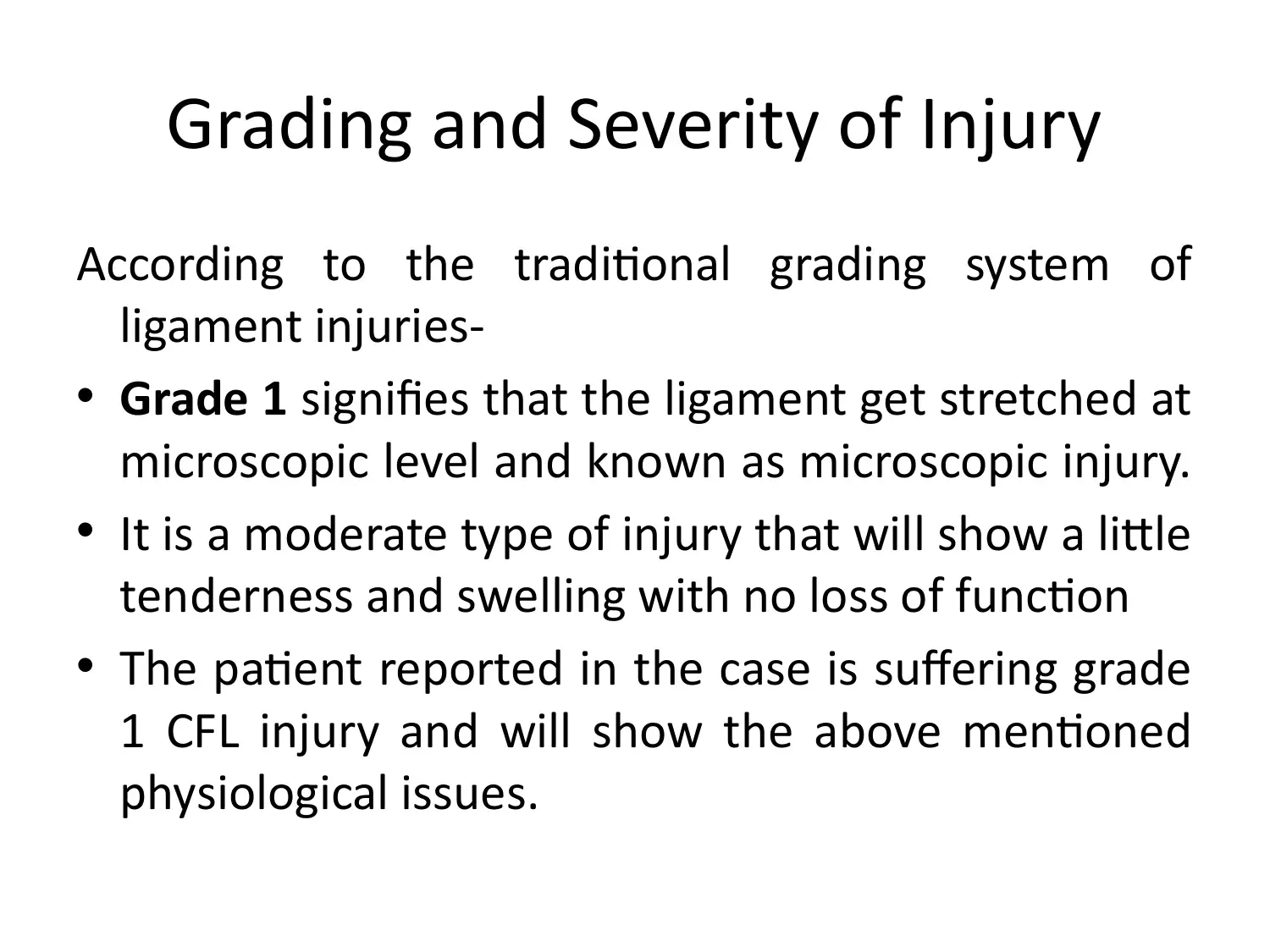
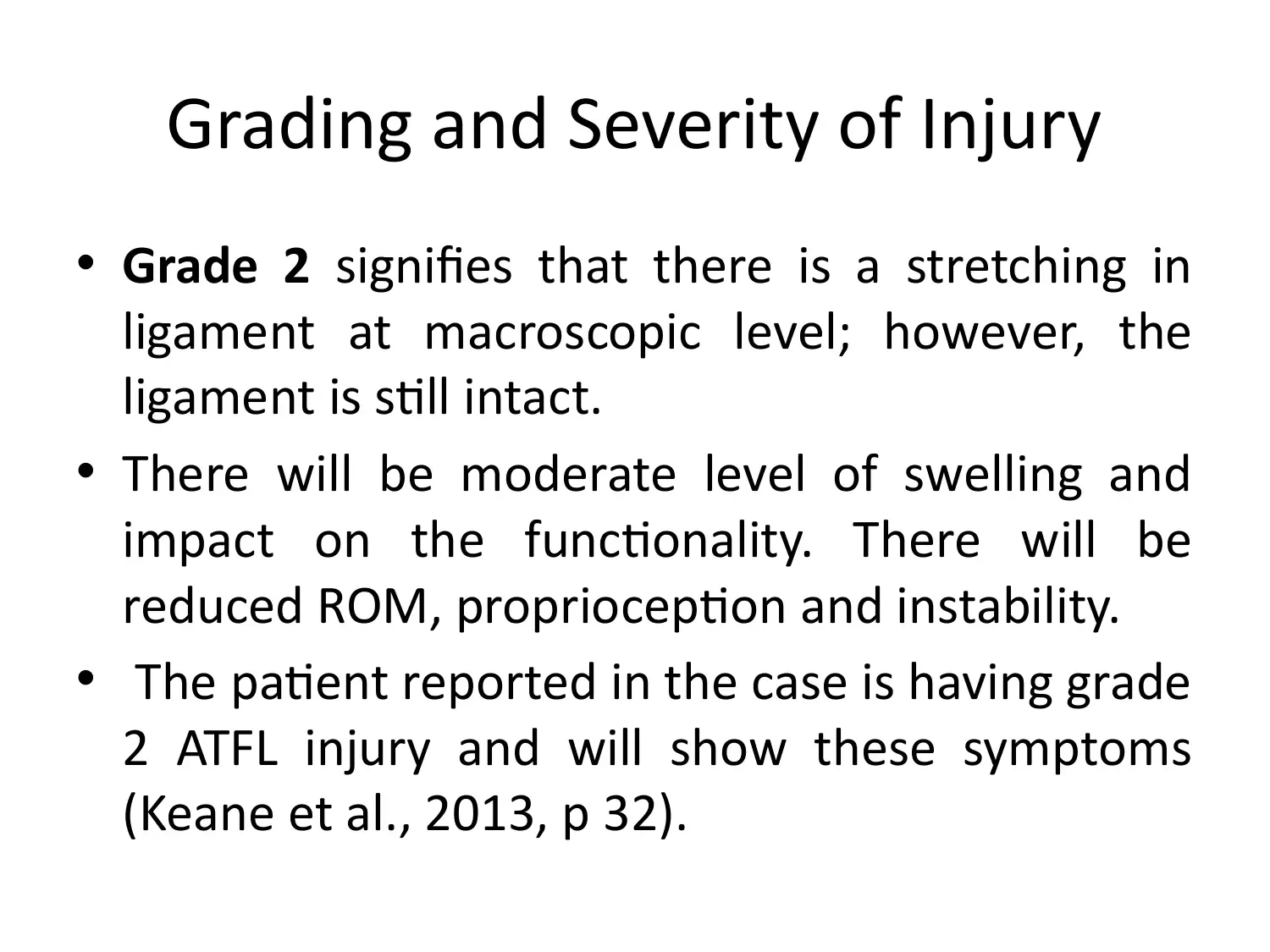
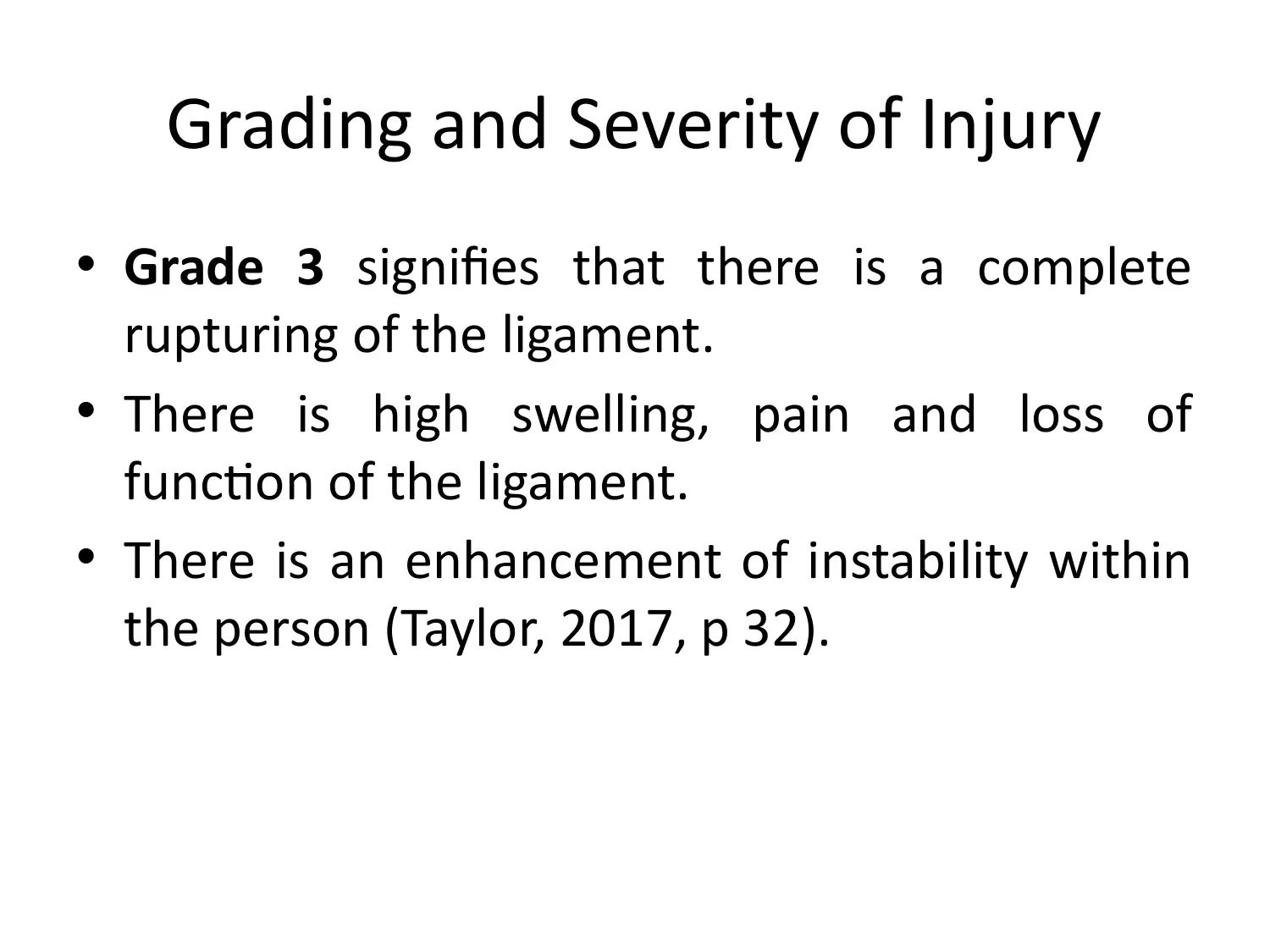
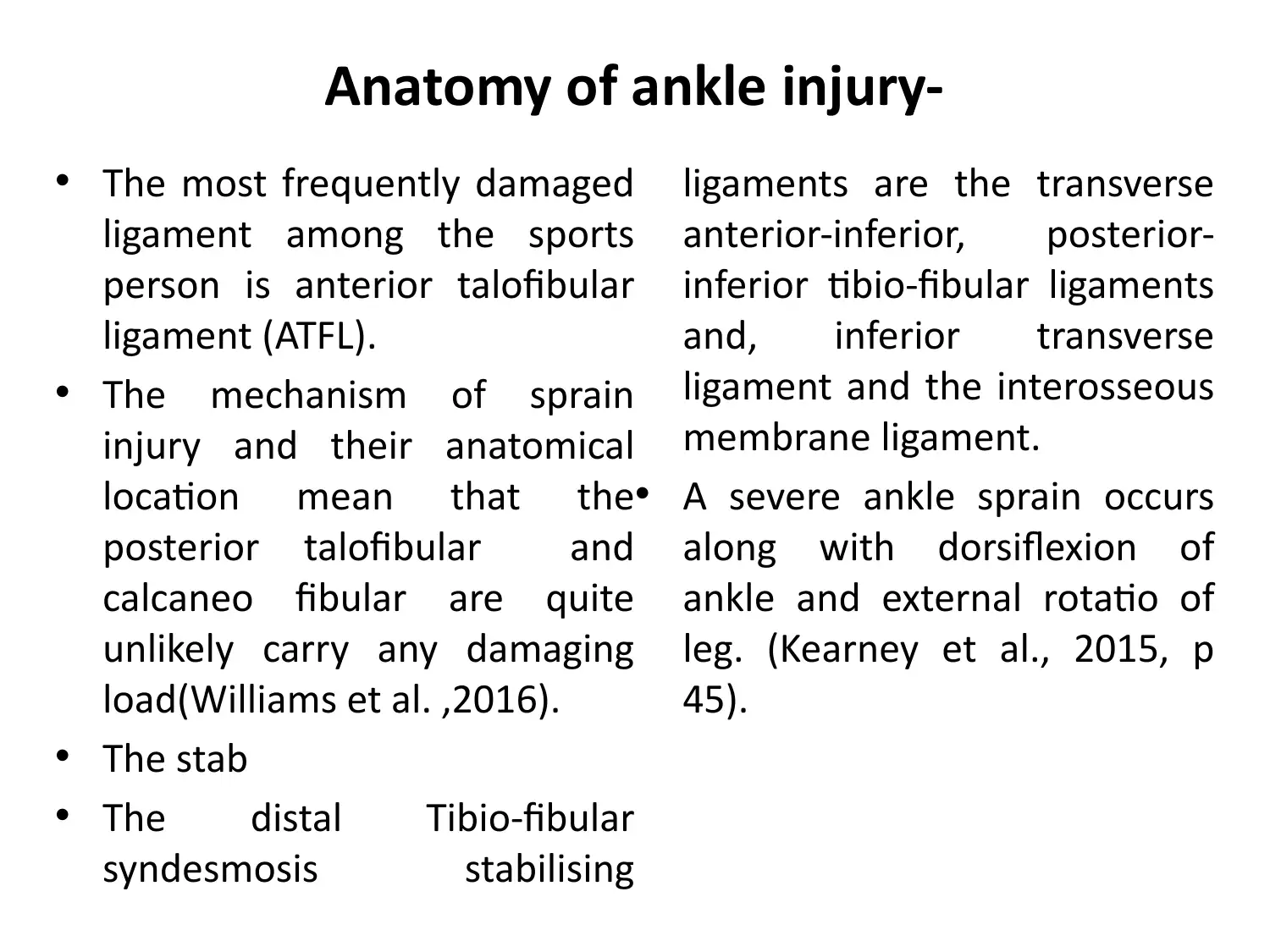
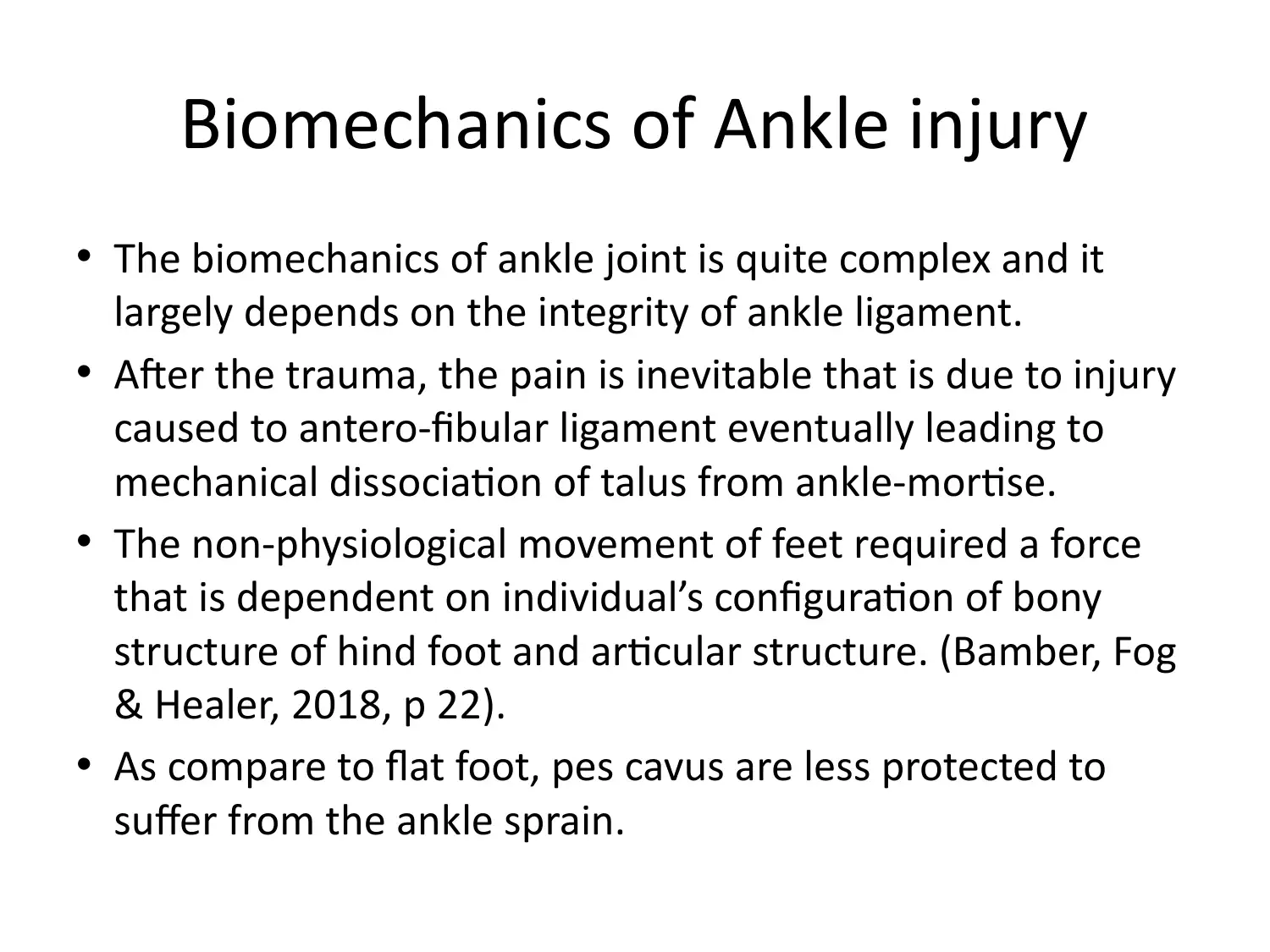
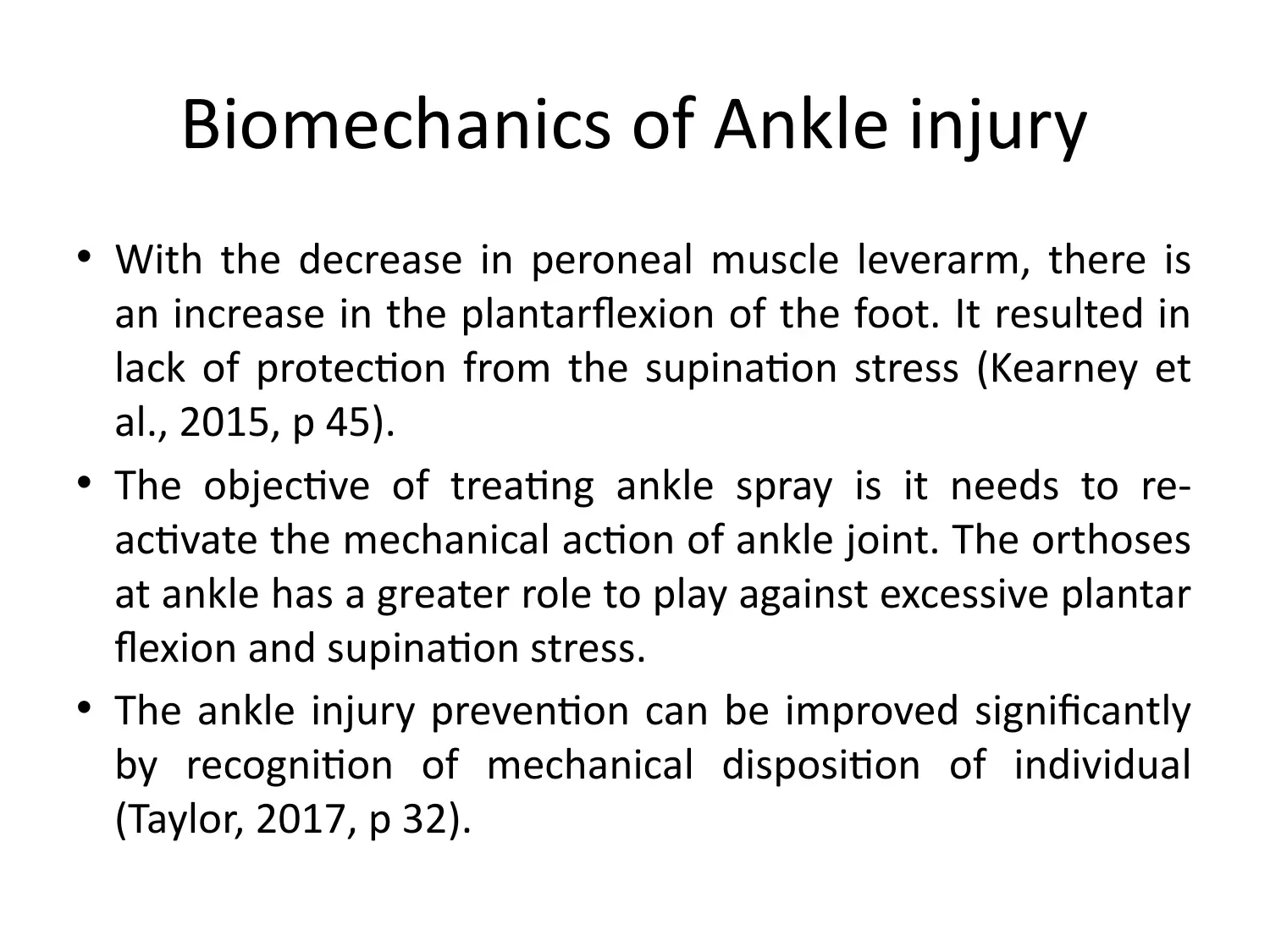
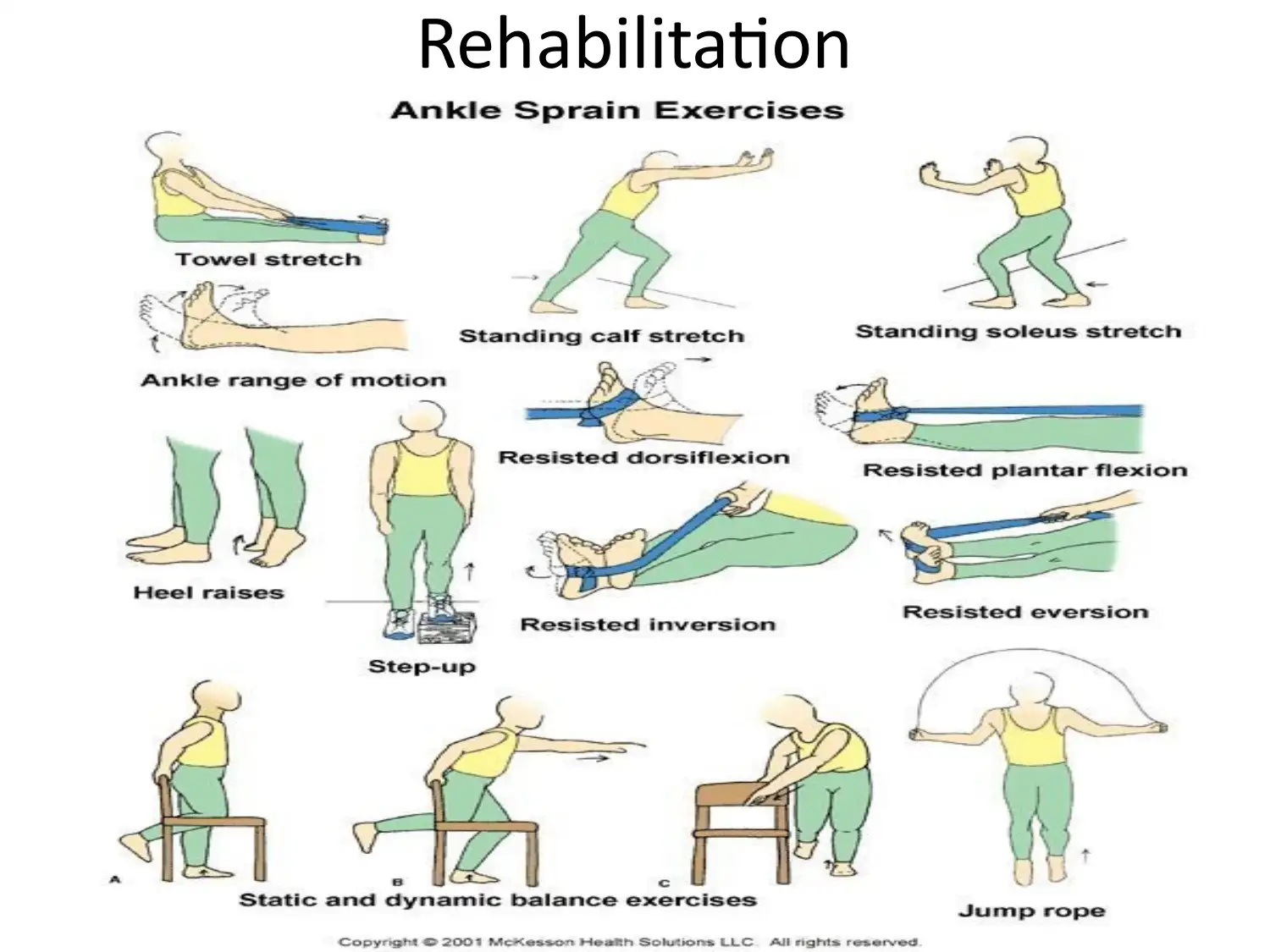
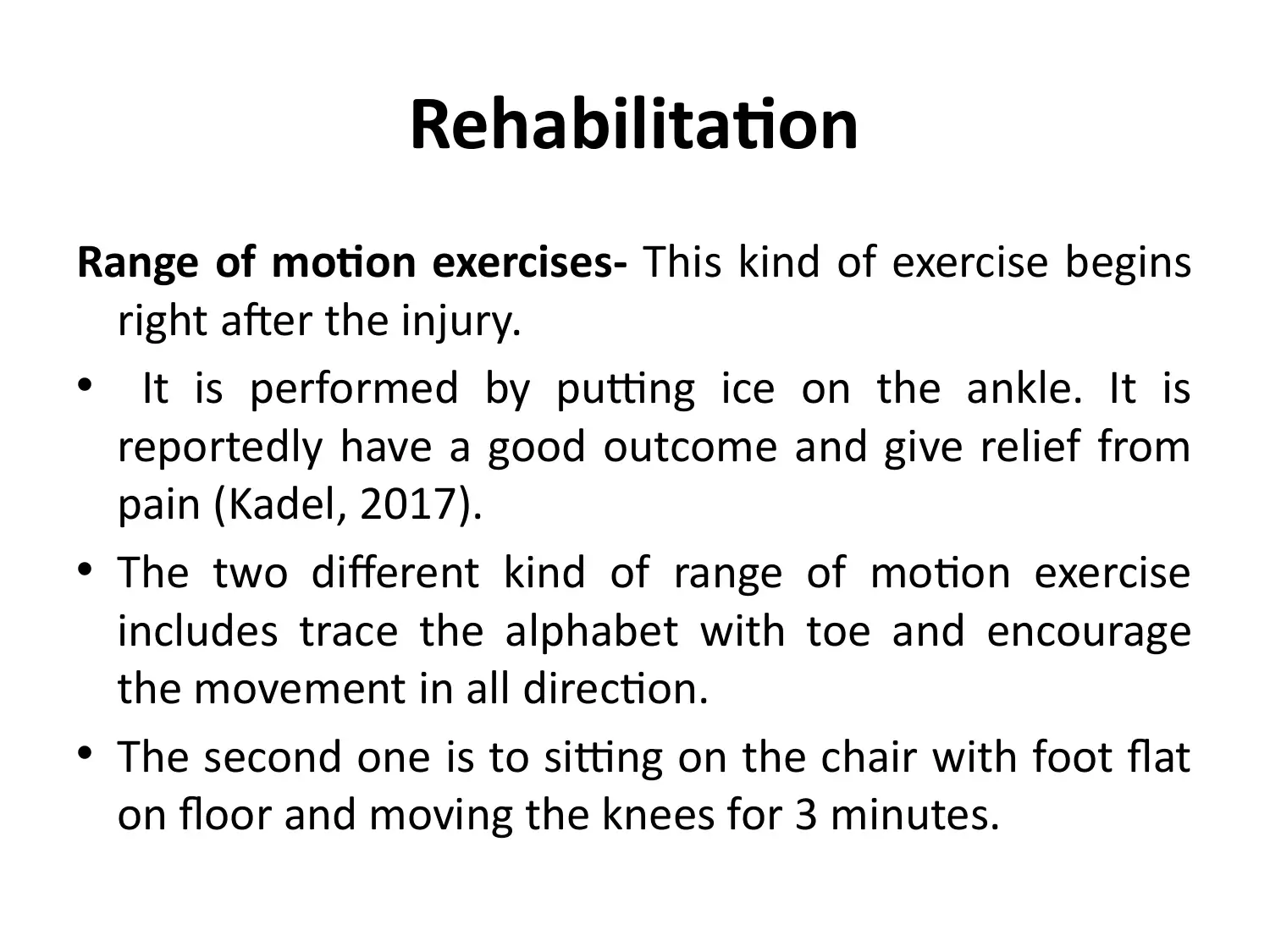
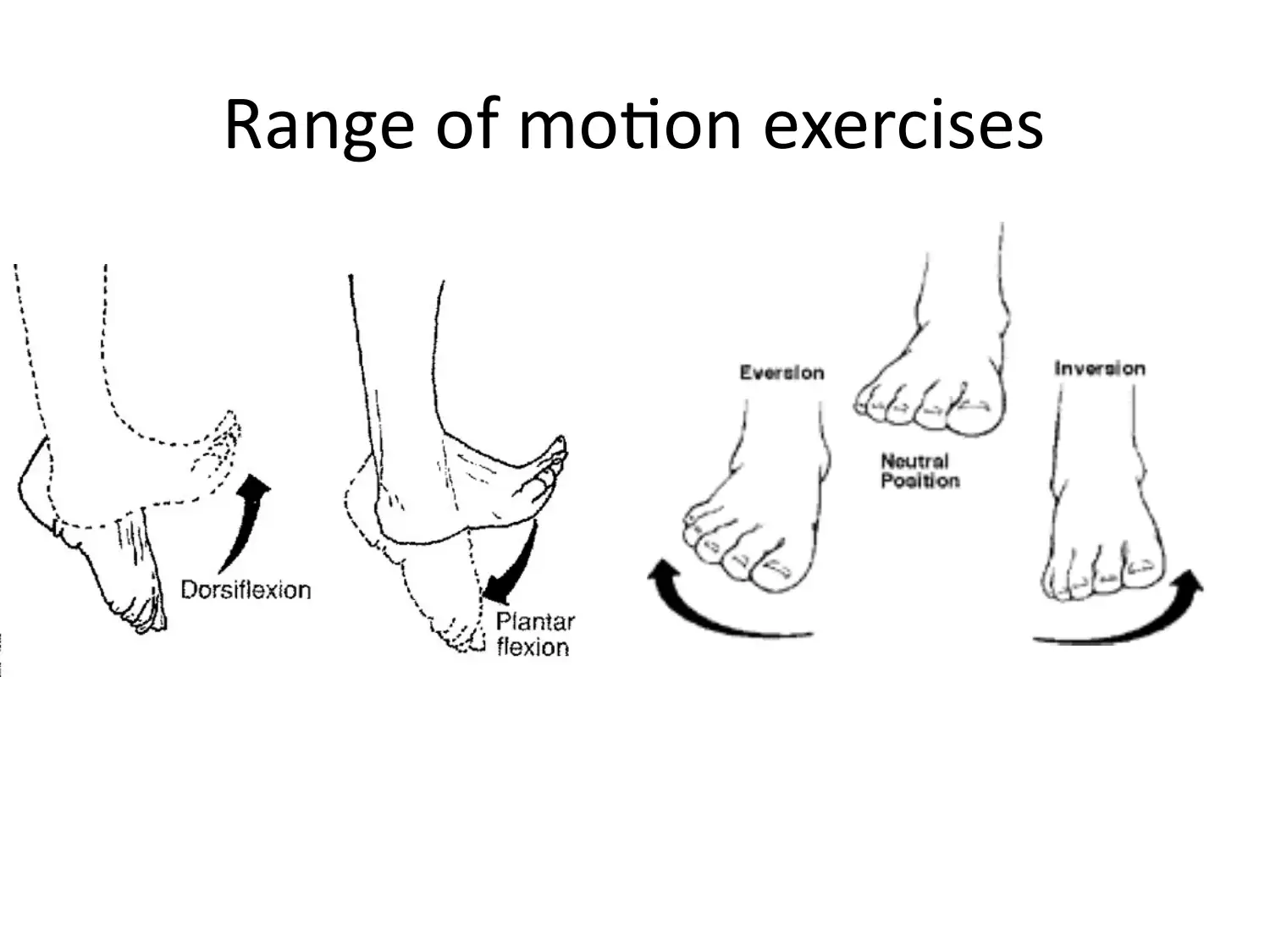
![[object Object]](/_next/static/media/star-bottom.7253800d.svg)